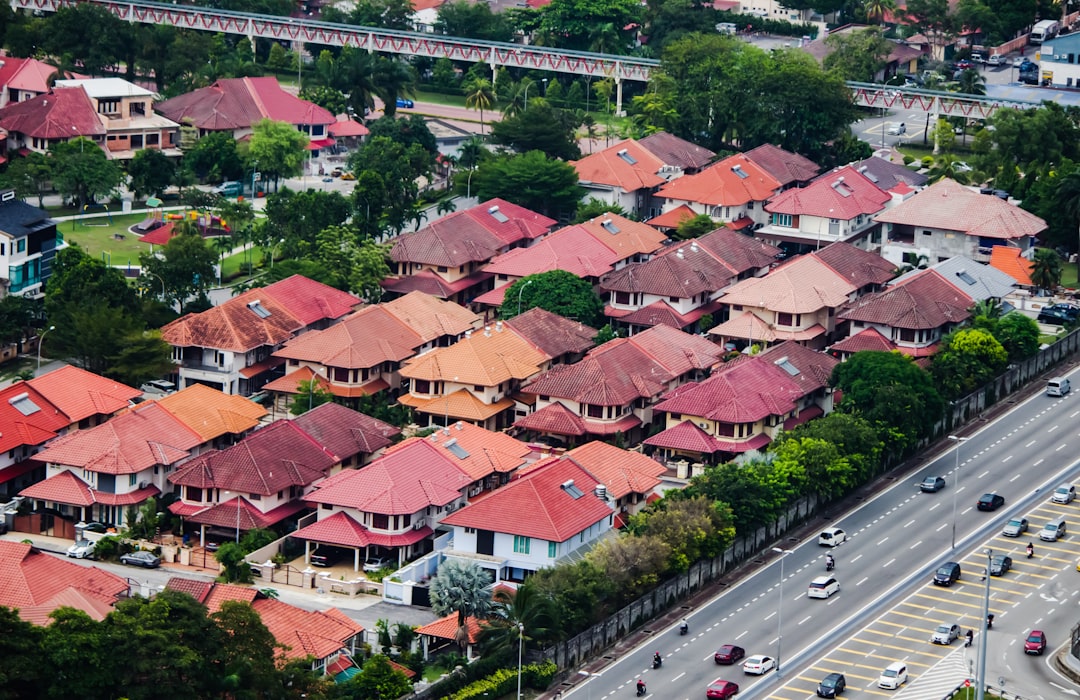No products in the cart.
Property Price Growth Stalls Amid Budget Concerns
Property price growth is slowing, influenced by budget fears. Discover the implications for buyers and investors.
New York, USA — Property price growth is experiencing a notable slowdown, largely driven by concerns surrounding upcoming budget changes. As the economy grapples with rising interest rates and inflationary pressures, both buyers and investors are becoming increasingly cautious.
Recent data reveals that home prices in the United States rose merely 0.4% in September 2025, a significant drop from the 2.1% increase observed in the same month last year. This deceleration is particularly evident in major metropolitan areas, where the once-booming housing markets are beginning to cool. For instance, in cities like San Francisco and New York, property values have stagnated, with some even witnessing slight declines as potential buyers hold off on making purchases.

The Federal Reserve’s aggressive stance on interest rates has played a pivotal role in this slowdown. With rates currently hovering around 5.25%, many prospective homebuyers are finding it increasingly difficult to secure affordable mortgages. According to data from Freddie Mac, the average mortgage rate has surged by more than 2% over the past year, making homeownership a less attainable goal for many Americans. Furthermore, these escalating costs have resulted in a significant drop in home sales, which fell by 18% year-over-year in August 2025.
Recent data reveals that home prices in the United States rose merely 0.4% in September 2025, a significant drop from the 2.1% increase observed in the same month last year.
In the face of rising costs, developers are also feeling the pinch. Many are reconsidering their projects or delaying new constructions altogether. A recent report from the National Association of Home Builders indicated that builder confidence has dropped to its lowest level since 2012, as concerns about material costs and financing weigh heavily on the industry. This hesitation among builders could potentially exacerbate the housing supply shortage, which has been a long-standing issue in many urban areas.
However, not all regions are experiencing the same fate. The Midwest and South have shown resilience, with some cities like Austin and Nashville continuing to attract new residents and maintain robust price growth. These markets are benefiting from a combination of lower living costs and a steady influx of technology and remote workers seeking more affordable housing options.
Investors are now adjusting their strategies in light of the shifting landscape. Many are pivoting towards rental properties, anticipating that the demand for rental units will increase as potential homebuyers remain sidelined. According to a survey by the National Multifamily Housing Council, 67% of property investors believe that rental demand will remain strong over the next year, as affordability challenges persist in the homebuying market.
Despite the current challenges, experts suggest that the market could stabilize in the near future. If inflation begins to ease and the Fed signals a pause in rate hikes, buyer confidence may gradually return. A recent analysis by Zillow predicts that home prices could see a rebound by mid-2026, provided the economic conditions shift favorably.
In summary, while the property market is facing significant headwinds due to budget uncertainties and rising interest rates, there are still opportunities for savvy investors and homebuyers willing to navigate this evolving landscape. The key will be to remain adaptable and informed, as the market continues to evolve in response to economic changes.











